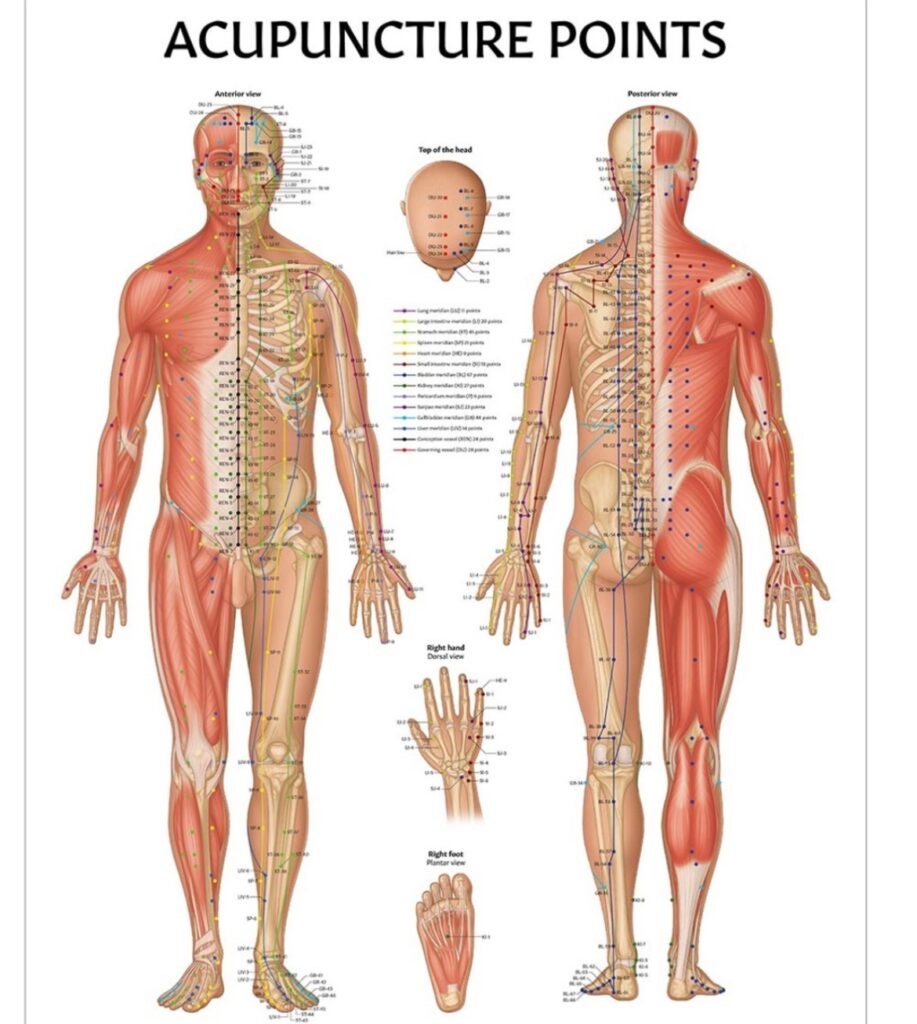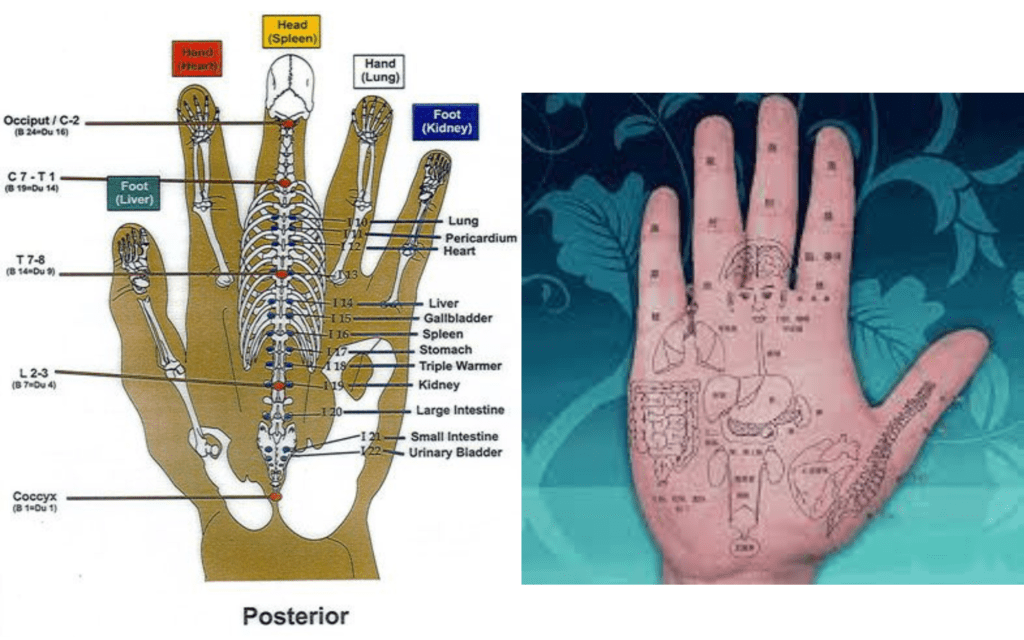Difference between Chinese, Japanese, and Korean Acupuncture
How they Differ
Acupuncture is funny. Some have heard about it – and rave about the results – while others just hear “needles” and run away. But what IS acupuncture, anyway? And what’s the difference between Chinese, Korean, and Japanese?

Here’s where we break it down for you. Yes, acupuncture means needles, but not the kind you think. They are tiny and thin, and most don’t feel a thing. The practice helps a myriad from physical ailments to mental shifts in behavior and the gift of altering perceptions.
How does acupuncture work?
Acupuncture involves inserting needles into the body to stimulate sensory nerves in the skin and muscles. These biochemical changes stimulate the body’s natural healing abilities and promote physical and emotional well-being.
According to a 2017 study that acupuncture monitors changes in the brain and nerves. Another study in 2016 by the American Journal of Emergency Medicine showed that acupuncture was more effective for relieving pain than morphine.
Chinese Style Acupuncture is the standard, “traditional model.” In this form of acupuncture, larger needles are used with deeper insertion. They are attempting to promote “qi” which is referred to as “The life energy” through a person’s body. For a patient to feel the sensation enhanced – and feel the needle – a Chinese trained acupuncturist will gently rotate it to heighten the ‘qi’ response. Recent research demonstrates that qi sensation typically results in a better outcome after treatment.
Japanese Style Acupuncture uses thinner needles and a gentler approach with less insertion. Unlike the Chinese style, their diagnostic assessment relies heavily on the palpation of the abdomen, back, and various pulses along the meridian system. This “meridian acupuncture” relies on palpation rather than sight – and was very adaptable to blind acupuncture practitioners.
Korean Style Acupuncture
While diagnosis in Korean acupuncture involves a full constitutional analysis much like in traditional Chinese medicine, the application of Korean acupuncture needles are different, as they focus on the hand or ear.

Most of the standard protocols only use a “four-needle” technique. In this technique, the four needles are split in two, and each pair sedates and reduces excess qi in one organ system while the others increase qi in the second organ system.
All forms of acupuncture are effective. It is dependent on what type of acupuncture you prefer, and your rapport with the Acupuncturist that you are working with.
How I am Different than Most – Sabrina Kirkland L.Ac.
I am trained in Traditional Chinese Medicine utilizing the 12 main meridians system. However, I am of the belief that you don’t need to go deep into the body to grasp Qi unless you’re working on something like sciatica where the muscles are deep and require a longer thicker needle to penetrate and grasp the Qi to release the stagnation (pain).
I can easily get the Qi sensation by setting the intention and taking my time. I treat only one person at a time, therefore no rush in getting the ‘Qi” and racing off to treat another person. This is where the rapport comes in… Talking is healing, and the body is listening.
My favorite needles are the Japanese Seirin which have a silicone coating offering more of a nonexistent sensation upon insertion… yet gently grabbing the Qi sensation with subtle movement.
In my practice, I do full body acupuncture with intention to balance and harmonize; Move and release ‘stuff’ that keep us from healing. I include other traditional forms of TCM modalities when needed such as moxibustion and cupping.
As stated in My Philosophy, I believe we are beings of light having a human experience. So why then just focus on the physical, when the emotional and spiritual bodies are the 2/3 majority.
Incorporating such things as essential oils for shift in mood, setting intentions and playing my 7 chakra sound bowls to raise vibration, are just a few ways how I am different than most acupuncturists.
Included at the end of almost every session, as a certified Reflexologist, the caring touch of foot massage to gently bring you back into your body. I truly care for the person on my table sharing in my space… and want every person I treat to feel lighter upon leaving. When just one person is feeling good, they have the ability to affect others in a very positive way. We are all connected – My mission, Changing the world, One person at a time.

Recent Posts
- Boost Your Brain Power with Acupuncture November 29
- Treating Autoimmune Diseases with Acupuncture September 19
- Study: Probiotics soothe gluten-related inflammation September 19
- Sleep Disorders? Herbs and Acupuncture Can Help !!! September 19
- Find Relief from Carpal Tunnel Syndrome September 18
